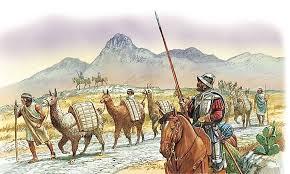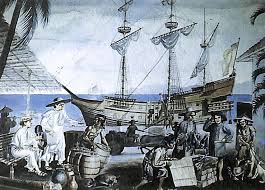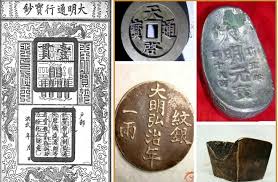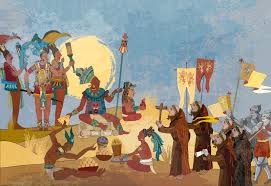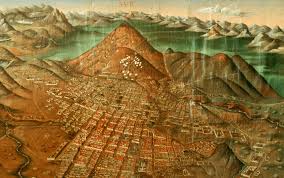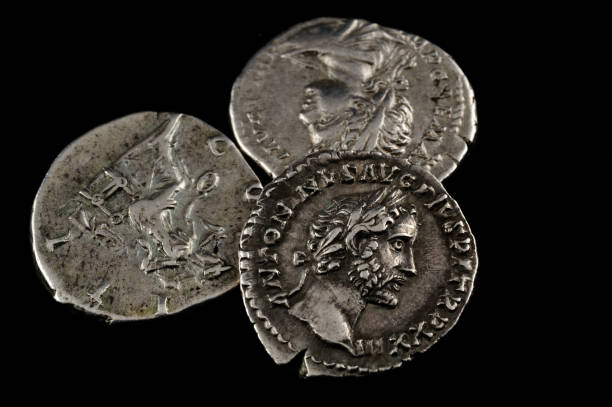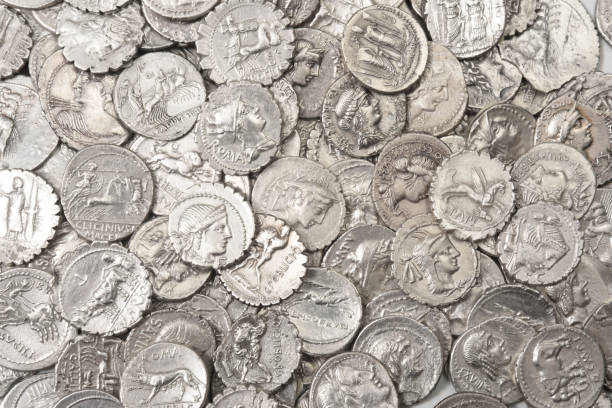How the abundance of silver created inflation and disrupted feudal economies
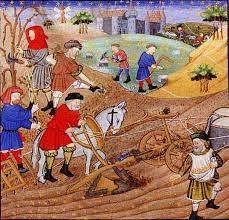
Silver created inflation across Europe during the 16th and 17th centuries, reshaping economies and societies in profound ways. As vast quantities of silver flowed in from the mines of the Americas, the sudden increase in money supply caused prices to…

